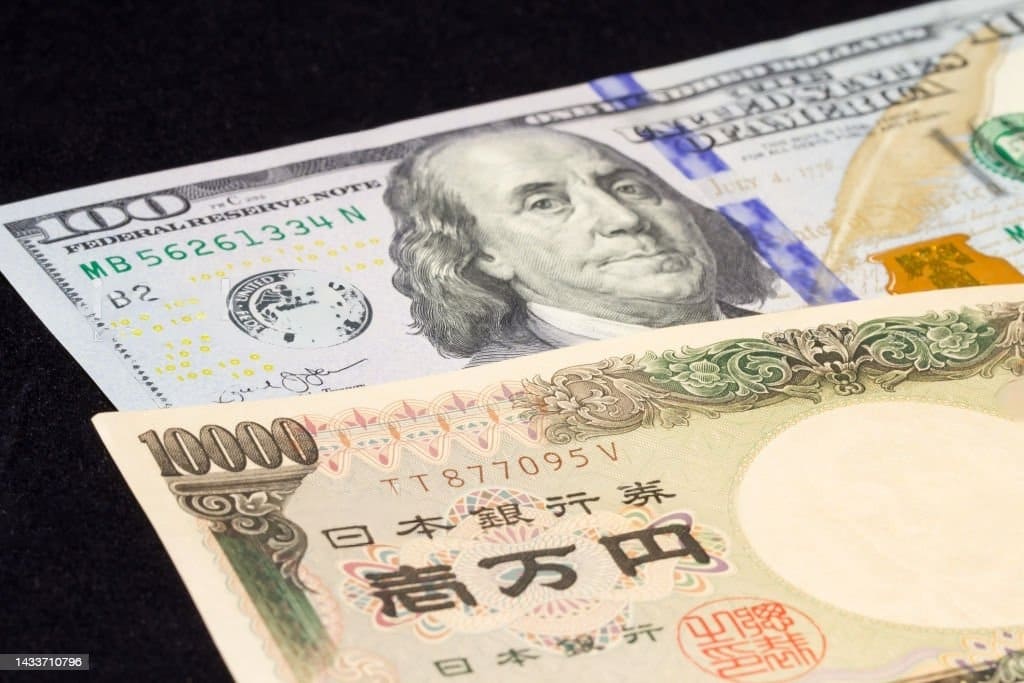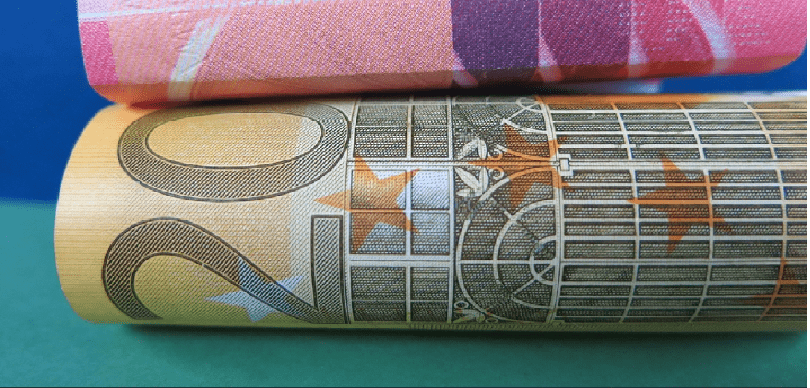Forex Interest Rate Differentials: The Gap Between Interest Rates of Two Currencies in a Currency Pair
In the world of Forex trading, understanding interest rate differentials is crucial. This article will delve into the concept of Forex interest rate differentials: The gap between interest rates of two currencies in a currency pair. We will explore the significance of these differentials, how they affect currency pairs, and their impact on the global economy. Whether you are a seasoned Forex trader or a novice, this article will provide valuable insights that will enhance your understanding of the Forex market.
Table Content
1. Forex Interest Rate Differentials Explained
2. Factors Influencing Forex Interest Rate Differentials
3. How Forex Interest Rate Differentials Impact Currency Pairs
4. Case Studies: Real-World Examples of Interest Rate Differentials in Action
5. Advantages and Risks of Trading Based on Interest Rate Differentials
6. FAQs (Frequently Asked Questions)
7. Footnote
Forex Interest Rate Differentials Explained
Before diving into the intricacies of Forex interest rate differentials, it's essential to grasp the concept itself. At its core, an interest rate differential refers to the variance in interest rates between two countries' currencies in a currency pair. Central banks of respective countries determine these interest rates, and they play a pivotal role in shaping the Forex market.
Factors Influencing Forex Interest Rate Differentials
The interest rate differentials in the Forex market are not static; they are influenced by various factors. Understanding these factors can help traders make informed decisions and devise effective strategies. Let's explore some of the primary determinants:
1. Central Bank Policies
Central banks are the backbone of a country's monetary policy. Their decisions regarding interest rates and other monetary instruments significantly impact interest rate differentials. Changes in monetary policy can trigger fluctuations in currency pairs.
2. Economic Indicators
Key economic indicators, such as GDP growth, inflation rates, and employment data, directly influence interest rate differentials. Positive economic data may lead to rate hikes, while negative data can result in rate cuts.
3. Political Stability
Political stability is vital for maintaining investor confidence in a country's currency. Political upheavals or uncertainties can lead to volatility in interest rates and currency values.
4. Market Sentiment
Investor sentiment and market expectations can also affect interest rate differentials. Speculation about future policy decisions can lead to swift changes in currency values.
How Forex Interest Rate Differentials Impact Currency Pairs
Forex interest rate differentials have a profound impact on currency pairs. Let's explore the various scenarios and how they can influence trading strategies.
1. Carry Trade Strategies
Carry trade is a popular Forex strategy that involves borrowing funds in a currency with a lower interest rate and investing them in a currency with a higher interest rate. The interest rate differential acts as the driving force behind this strategy, providing traders with opportunities for profit.
2. Exchange Rate Fluctuations
Interest rate differentials can lead to fluctuations in exchange rates. A higher interest rate in one currency compared to another can attract more investments, increasing the demand for that currency and appreciating its value.
3. Impact on Economic Growth
Interest rate differentials can impact a country's economic growth. High interest rates may encourage saving rather than spending, slowing down economic activity. Conversely, low-interest rates may stimulate borrowing and investment, fostering economic growth.
Case Studies: Real-World Examples of Interest Rate Differentials in Action
To better understand the practical implications of Forex interest rate differentials, let's analyze some historical case studies.
1. The USD/JPY Currency Pair
The United States and Japan have historically maintained significantly different interest rates. Traders looking to capitalize on this interest rate differential have engaged in carry trade strategies, resulting in substantial movements in the USD/JPY currency pair.

2. The EUR/CHF Currency Pair
The Eurozone and Switzerland have experienced varying interest rates, leading to notable fluctuations in the EUR/CHF currency pair. The Swiss National Bank's interventions to maintain a minimum exchange rate against the Euro further exemplify the importance of interest rate differentials in currency pair movements.

Advantages and Risks of Trading Based on Interest Rate Differentials
Trading based on interest rate differentials offers both advantages and risks. Understanding these can help traders make well-informed decisions.
Advantages:
- Profit Potential: Carry trade strategies can lead to substantial profits through interest rate differentials.
- Diversification: Interest rate differentials allow traders to diversify their portfolios and minimize risk.
- Long-Term Trend Prediction: Interest rate differentials often indicate long-term trends, aiding traders in making informed predictions.
Risks:
- Exchange Rate Volatility: Interest rate differentials can lead to exchange rate volatility, resulting in unpredictable market movements.
- Market Sentiment: Sudden changes in market sentiment can undermine carry trade strategies.
- Political and Economic Uncertainties: Geopolitical tensions and economic uncertainties can disrupt interest rate differentials.
FAQs (Frequently Asked Questions)
Q: Is Forex trading risky?
A: Forex trading involves inherent risks due to the volatile nature of the market. However, with proper education, risk management, and strategic planning, traders can mitigate these risks and achieve success.
Q: How can I calculate interest rate differentials?
A: Interest rate differentials are typically available on financial websites or can be calculated manually by subtracting one currency's interest rate from another in a currency pair.
Q: Are interest rate differentials stable?
A: Interest rate differentials are subject to change based on economic conditions, central bank policies, and market sentiment. As a result, they are not always stable and require continuous monitoring.
Q: Can interest rate differentials predict currency pair movements?
A: While interest rate differentials play a crucial role in currency pair movements, they are not the sole predictor. Other factors, such as economic indicators and geopolitical events, also influence the Forex market.
Q: How can I minimize risks when trading based on interest rate differentials?
A: Risk management is key when trading based on interest rate differentials. Traders can use stop-loss orders, set realistic profit targets, and avoid overleveraging to minimize risks.
Q: How do central bank decisions impact interest rate differentials?
A: Central banks' decisions on interest rates directly affect interest rate differentials. Rate hikes or cuts can lead to significant shifts in currency pair values.
Footnote
In Summary, forex interest rate differentials are a fundamental aspect of the currency market, shaping exchange rates and trading strategies. Understanding the factors influencing interest rate differentials and their impact on currency pairs is essential for successful Forex trading. By incorporating risk management practices and staying informed about economic developments, traders can navigate the Forex market with confidence.











Discussion